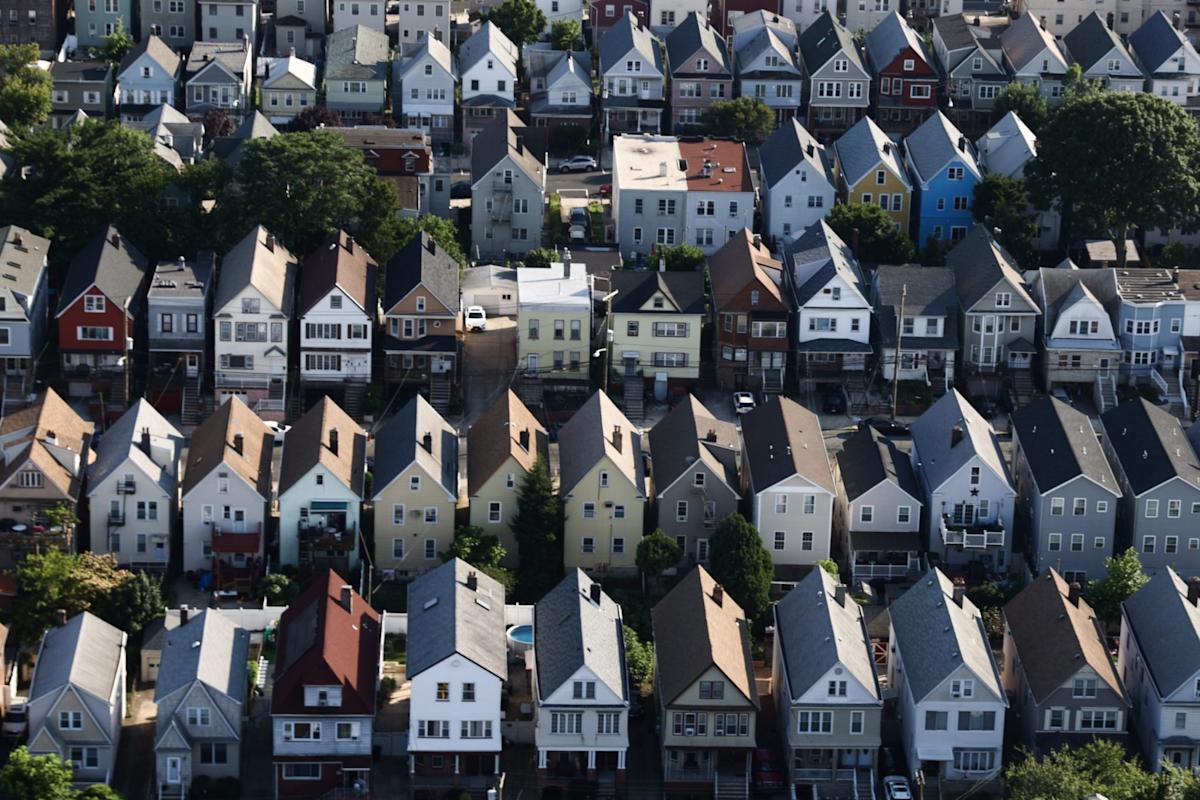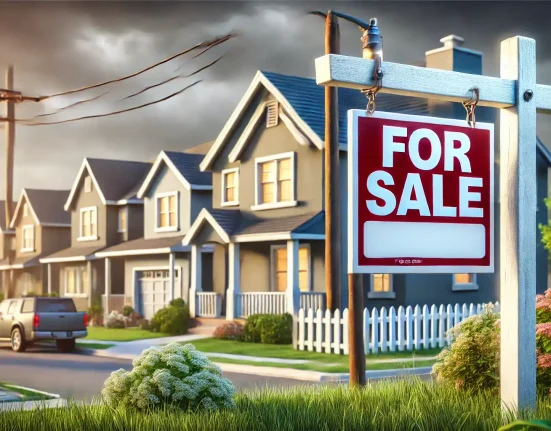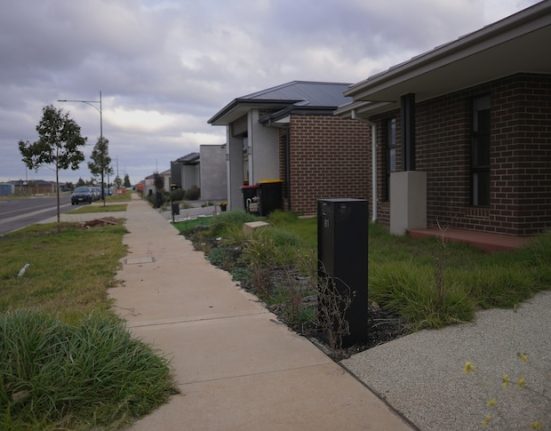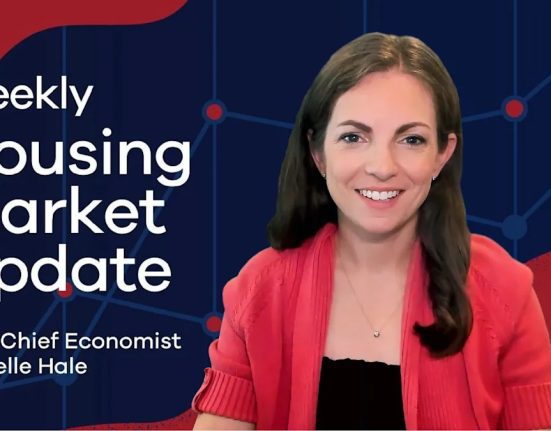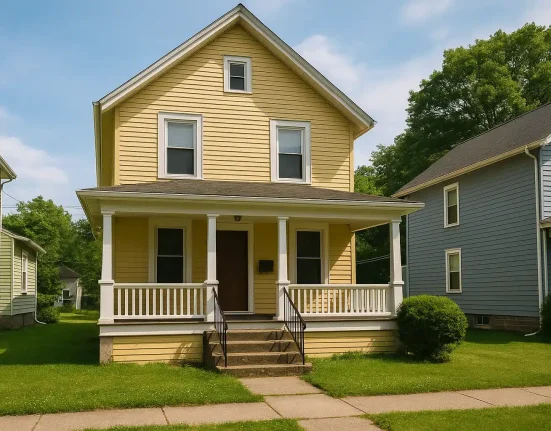-
High home prices and mortgage rates have made it much harder for Americans—especially first-time buyers—to purchase homes. Many current homeowners, especially those with low or no mortgage payments, are staying put rather than selling, further limiting supply and keeping prices high. Now that more Americans own their homes outright and are building wealth, fewer are tapping into that equity due to high borrowing costs.
Shop Top Mortgage Rates
The quintessential American dream is to become a homeowner. For generations, it’s been seen as a symbol of economic stability and a beacon for building wealth.
But with mortgage rates and home prices remaining elevated over the past several years, that’s blocked many would-be homeowners from breaking into the housing market. The number of first-time home buyers in the U.S. is abysmal: in 2004, the number of first-time homebuyers was nearly 3.2 million, according to NAR data shared with Fortune on Tuesday. By 2024, that number had plummeted to just 1.14 million.
The roadblocks of buying a home are essentially a chicken-and-egg situation. Older generations who bought homes decades ago—and who would typically be ready to downsize by now—aren’t budging out of fear of relatively high mortgage rates. Mortgage rates were sub-3% during the pandemic, peaked at 8% in October 2023, and currently hover near 7%. And since that supply isn’t on the market, home prices are higher, preventing younger generations from being able to buy a home.
Plus, many Americans own their home outright—meaning they don’t have a mortgage payment. That’s good news for them, considering it’s unlikely mortgage rates will drop anytime soon, but dismal news for people trying to break into the housing market.
The share of homeowners who don’t have a mortgage payment rose to 40% in 2023, up from 33% in 2010, which reflects a trend toward outright homeownership and conservative borrowing, according to a Goldman Sachs note published Tuesday. Assuming there are 86 million homeowners in the U.S., that means more than 30 million don’t have a mortgage.
Meanwhile, the housing market is particularly vulnerable for homeowners who just recently bought.
“We’re seeing early signs of risk building within specific markets and within specific borrower populations, like borrowers with limited equity or who are behind on student loans,” Tim Bowler, president of ICE Mortgage Technology, said in a statement.
Meanwhile, U.S. mortgage borrowers have $11.5 trillion of tappable home equity in their properties, according to ICE Mortgage Technology. But their preference to tap into their equity has been more muted than between 2001 and 2008 because it appears borrower demand for expensive and riskier debt has shifted following the Global Financial Crisis (GFC), according to Goldman Sachs.

